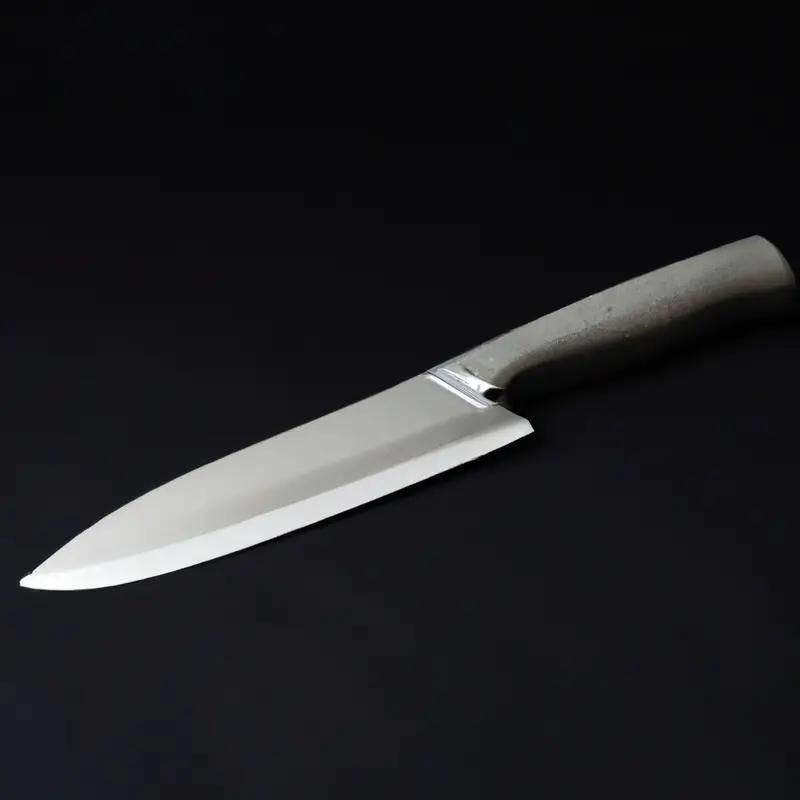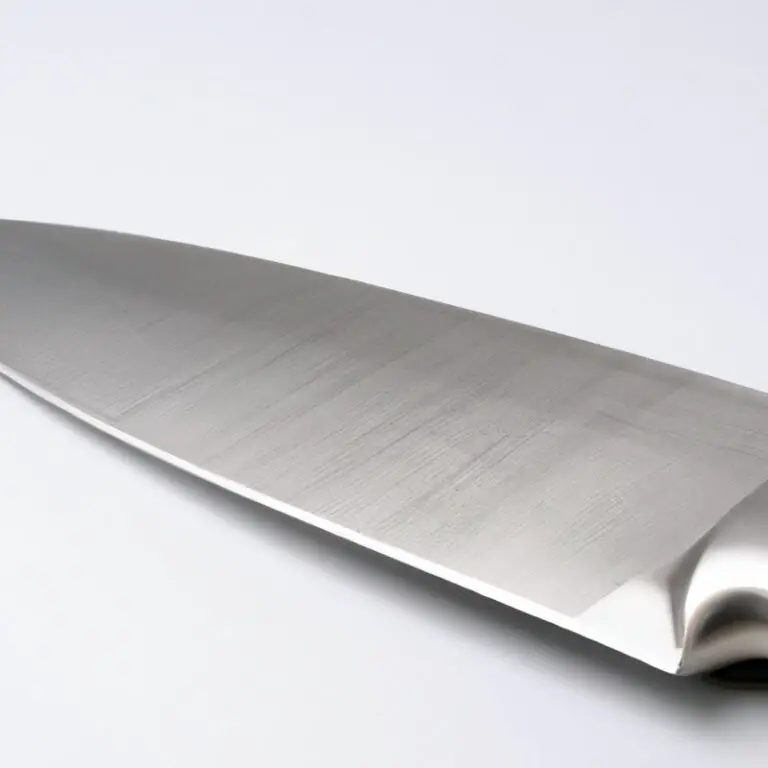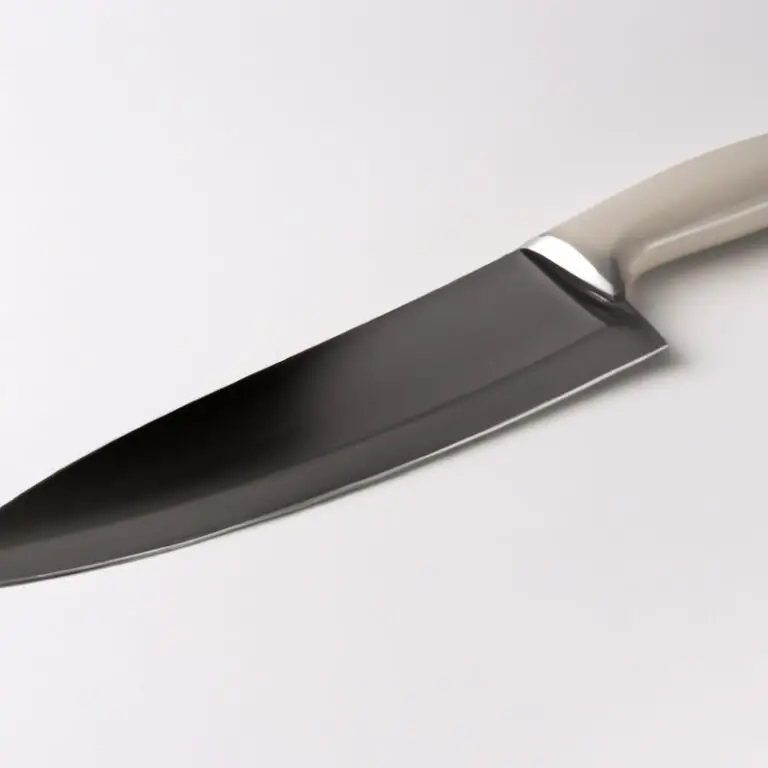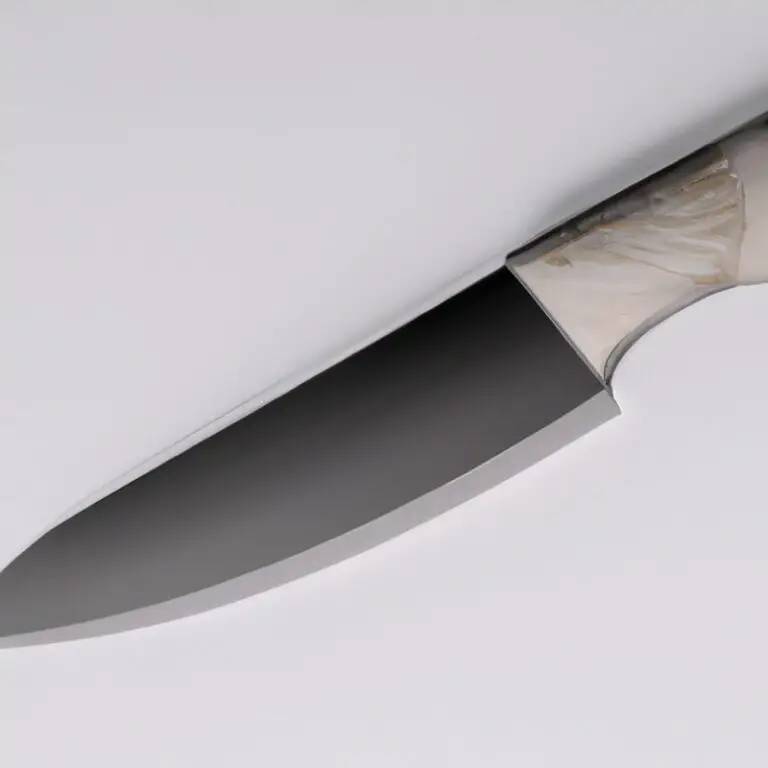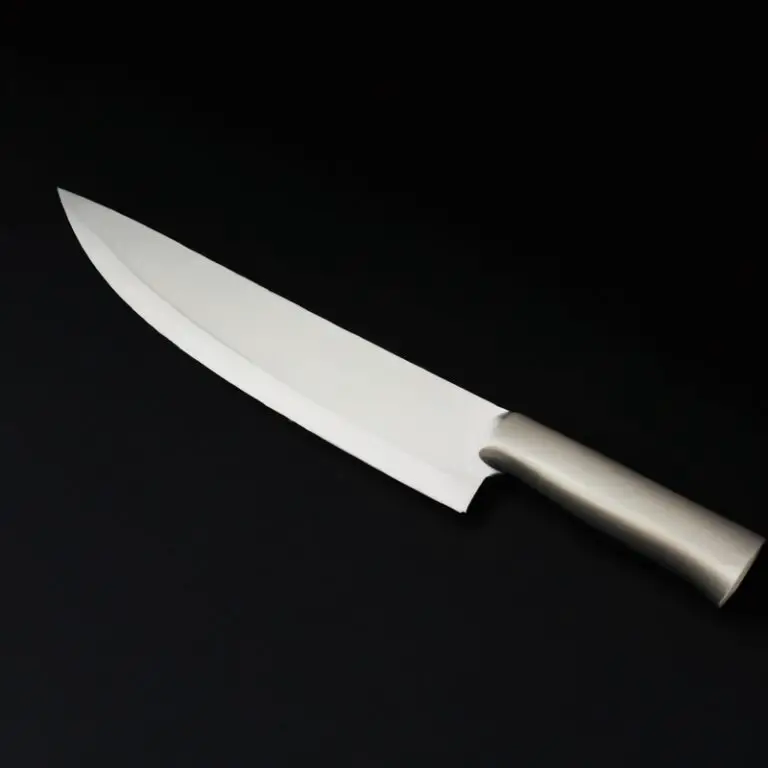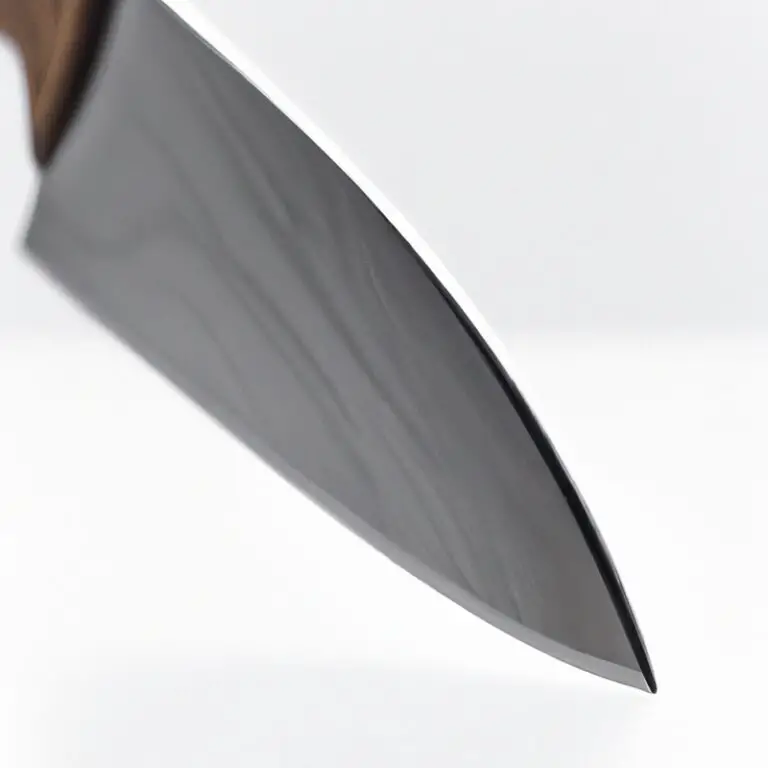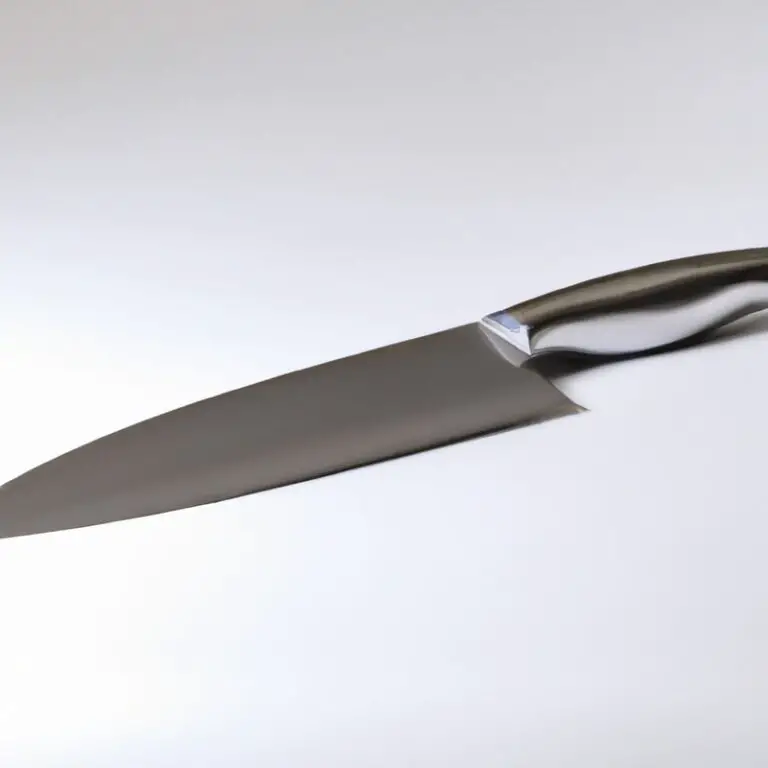Can You Use a Santoku Knife For Portioning Fish Fillets? Answer: Yes!
Key Takeaways:
- Santoku knives are versatile and can be used for portioning fish fillets.
- A properly sharpened Santoku knife can make precise cuts and reduce the risk of damaging the fish.
- It is important to use a stable cutting surface and maintain proper knife handling techniques when using a Santoku knife for fish filleting.
- Practice and experience with a Santoku knife can improve your skills and efficiency in portioning fish fillets.
Are you tired of struggling to portion fish fillets with your dull knife? Have you considered using a Santoku knife for this task?
In this article, I will guide you through the features and uses of a Santoku knife, as well as provide a step-by-step guide to properly hold and position the knife for precise cuts.
We’ll explore the different cuts and portions of a fish fillet and discuss the importance of a sharp Santoku knife. Plus, I’ll share tips for maintaining the knife’s sharpness and proper cleaning and storage techniques.
Join me in discovering the versatility of a Santoku knife in your kitchen.
| Santoku Knife | Portioning Fish Fillets |
|---|---|
| Blade Length | Usually around 7 inches |
| Blade Thickness | Usually thicker than traditional fillet knife |
| Sharpness | Very sharp, designed for slicing through vegetables and meats |
| Flexibility | Less flexible than traditional fillet knife |
| Controllability | May not provide as much control over the thickness of fillet as traditional fillet knife |
| Special Features | May have hollow edge design, which reduces drag and allows for smoother slicing |
| Conclusion | Santoku knife can be used for portioning fish fillets, but it may not provide the same level of precision and control as a traditional fillet knife |
Understanding the Santoku Knife: A Brief Overview of Its Features and Uses
A Santoku knife is a Japanese-style knife that is popular in Western kitchens due to its versatility and ease of use. It has a shorter and wider blade than a traditional chef’s knife, making it a great choice for slicing, dicing, and mincing.
The name Santoku roughly translates to “three virtues,” referring to the three primary functions of the knife: slicing, dicing, and mincing.
Santoku knives typically have a blade length between 5 and 8 inches, with a flat edge and a slightly curved belly. The blade is made from high-quality steel, which allows for a sharp and precise cut.
The handle of a Santoku knife is often made from various materials, such as wood, plastic, or metal, and is designed to provide a comfortable grip and good balance.
In addition to its primary functions, a Santoku knife can also be used for slicing fish and other seafood. Its sharp blade allows for clean and precise cuts, which is essential when working with delicate proteins.
When using a Santoku knife to portion fish fillets, it is essential to hold the knife at a consistent angle and to make slow and deliberate cuts to avoid tearing the flesh.
Overall, a Santoku knife is a versatile tool that can be used for a variety of kitchen tasks. Whether you are preparing vegetables, slicing meat, or portioning fish, a Santoku knife is a great choice for anyone looking for a reliable and easy-to-use kitchen knife.
The Anatomy of a Fish Fillet: Identifying the Different Cuts and Portions
When it comes to filleting a fish, it is important to understand the different cuts and portions to get the most out of your fish. The two main cuts are the cross-section and the lengthwise cut.
The cross-section, also known as a round cut, is a circular piece of fillet that includes both top and bottom layers of flesh.
The lengthwise cut, also known as the butterfly cut, is when the fillet is cut vertically along the spine. There are also different portions to consider when filleting a fish, such as the head, belly, tail, and bones.
The head can be removed prior to filleting or left on for presentation purposes.
The belly, located underneath the fish, has a higher fat content and is prized for its rich and flavorful meat. The tail portion is thinner and typically used for smaller dishes or appetizers.
The bones can be removed through a process called deboning, or left in for added flavor during cooking.
Identifying these different cuts and portions can help you determine the best way to portion and prepare your fish using a Santoku knife.
How to Properly Hold and Position a Santoku Knife for Precise Cuts
To achieve precise cuts with a Santoku knife, it is essential to hold and position the knife correctly. First, grasp the handle with a firm grip, ensuring that your fingers are not too close to the blade.
Place your thumb against the spine of the knife, keeping it steady and guiding the blade’s motion.
Hold the food with your other hand, keeping your fingers tucked in to prevent injuries. Position the knife close to your wrist, close to the food.
Use a gentle, rocking motion to cut the food, keeping the blade close to the cutting surface.
With practice, proper holding and positioning of a Santoku knife can help you achieve precision and efficiency in your culinary endeavors.
Step-by-Step Guide to Portioning Fish Fillets with a Santoku Knife
Step-by-Step Guide to Portioning Fish Fillets with a Santoku Knife:
- Begin by cleaning and deboning the fish fillet.
- Place the fillet skin down on a cutting board, and ensure it is flat and stable.
- Hold the Santoku Knife with your dominant hand and position it at a slight angle from the head of the fillet.
- Starting from the head, use a smooth back and forth motion to slide the knife through the fish fillet, ensuring the blade cuts through the flesh.
- Continue to slice through the fillet, maintaining the angle of the knife and applying even pressure.
- Repeat the process for the other side of the fillet.
- Use the Santoku Knife to portion the fillets according to your preference.
- If necessary, use a fillet knife for any difficult or intricate cuts.
Following these steps while using a sharp Santoku Knife will ensure clean and precise cuts for your fish fillets. Always use a sharp knife to prevent damage to the flesh while making the cuts.
The Importance of a Sharp Santoku Knife for Clean and Smooth Cuts
The sharpness of your Santoku knife is integral to achieving clean and smooth cuts when portioning fish fillets. A dull knife can make it difficult to achieve precise cuts, potentially leading to jagged edges that compromise the quality of your fillet presentation.
A sharp Santoku knife glides through the flesh of the fish, minimizing tearing, and ensuring a clean cut.
Regularly honing your knife and sharpening it when necessary can help you maintain a sharp edge for optimal performance. A sharp Santoku knife not only ensures clean and smooth cuts when portioning fish fillets, it can also make your overall cooking experience more efficient and enjoyable.
Tips for Maintaining the Sharpness of Your Santoku Knife
To maintain the sharpness of your Santoku knife, follow these tips:
- Use a honing rod regularly to keep the blade aligned.
- Sharpen the knife when it starts to feel dull using a whetstone or a sharpening tool.
- Avoid cutting on hard surfaces such as glass or stone, as this can damage the blade.
- Hand wash the knife with soap and warm water, then immediately dry it to prevent rust.
- Store the knife in a protective sheath or on a magnetic strip to avoid damage and maintain sharpness.
By following these simple tips, you can keep your Santoku knife sharp and in excellent condition for all your cutting needs.
How to Clean and Store Your Santoku Knife for Longevity
To properly clean and store your Santoku knife, follow these simple steps:
- Wash the knife by hand with warm water and dish soap immediately after use.
- Dry the knife thoroughly with a clean towel to prevent rust and corrosion.
- Use a honing rod or sharpening stone regularly to maintain the knife’s sharpness.
- Avoid soaking the knife in water or putting it in the dishwasher, as this can damage the blade and handle.
- Store the knife in a knife block, on a magnetic strip, or in a drawer with a blade guard to protect the blade from damage and prevent injury.
By taking proper care of your Santoku knife, you can extend its lifespan and ensure that it performs optimally for years to come.
Other Uses of a Santoku Knife in the Kitchen
Apart from portioning fish fillets, the Santoku knife is a versatile tool that can assist in a multitude of kitchen tasks. Its unique features enable precise cuts that make him an excellent choice for various ingredients.
The flat edge of the knife provides a wider cutting surface than a chef’s knife, meaning it can be used for chopping vegetables, fruits, and herbs with ease.
The tip of the knife is sharp and delicate, making it perfect for tasks that require precision, such as mincing garlic. The Granton edge design of the Santoku knife creates air pockets, which reduce friction and prevent food from sticking to the blade, making it useful for slicing meat, cheese, and even bread.
In summary, the Santoku knife’s versatility makes it an indispensable tool in any kitchen, and using it for different tasks will enhance your culinary experience.
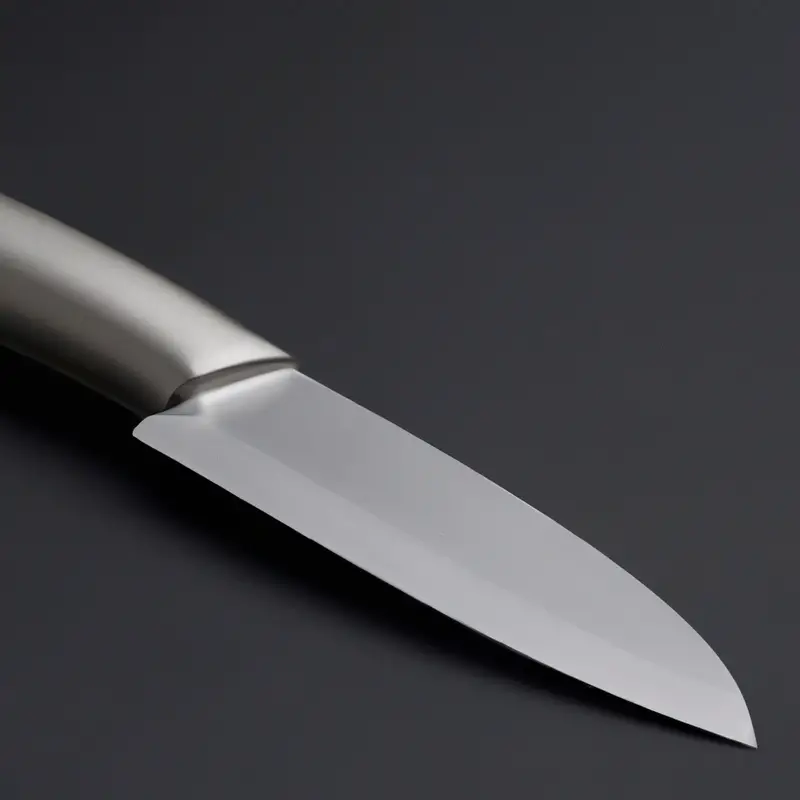
Santoku Knife vs Other Knives: Which Knife to Use for Different Cutting Techniques
When it comes to choosing between a Santoku knife and other knives for different cutting techniques, it largely depends on personal preference and the specific task at hand. For instance, a Santoku knife excels at slicing, chopping, and dicing vegetables, fruits, and boneless meats.
On the other hand, a Chef’s knife is ideal for heavier or tougher tasks like breaking down poultry and cutting through large chunks of meat.
Similarly, a slicer knife is perfect for creating super-thin slices, particularly of meats like ham or beef. However, it may not be suitable for tasks like chopping garlic.
Ultimately, it’s important to choose the right knife for the job at hand to ensure precise cuts and efficient results.
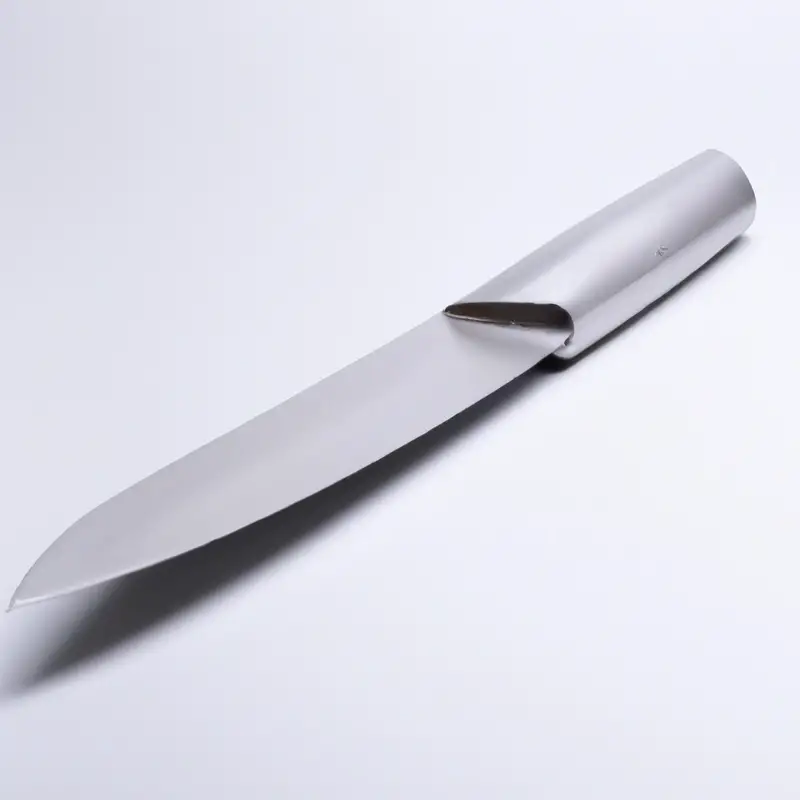
Choosing the Right Santoku Knife for Your Kitchen Needs
When it comes to choosing the right Santoku knife for your kitchen needs, there are several factors to consider. Firstly, choose a blade size that suits the tasks you intend to use it for – while 7-inch blades are versatile and easy to maneuver, a 5-inch blade may be better for precision tasks.
Additionally, consider the blade material – high-carbon stainless steel is durable and holds an edge well, while ceramic blades are lightweight and resistant to rust.
When it comes to selecting a handle, choose one that feels comfortable and secure in your hand. Materials like wood, plastic, and stainless steel all have their advantages, so choose one that suits your preferences.
Ultimately, the best Santoku knife for your needs will depend on your individual preferences and cooking style.
Consider your budget, the tasks you’ll be using the knife for, and the feel of the knife in your hand before making your final decision.
Final Verdict
A Santoku knife can be a reliable tool for portioning fish fillets if used properly. Its unique features, such as the sharp and angled blade, make it a versatile option in the kitchen.
However, it is vital to practice safe handling techniques and maintain the blade’s sharpness regularly to achieve clean and precise cuts.
Remember to choose the right Santoku knife for your kitchen needs and invest in high-quality products from reputable brands to ensure optimal performance. By following the tips and guidelines discussed in this article, you can confidently and expertly portion fish fillets with your Santoku knife, impressing your guests with your culinary skills.

